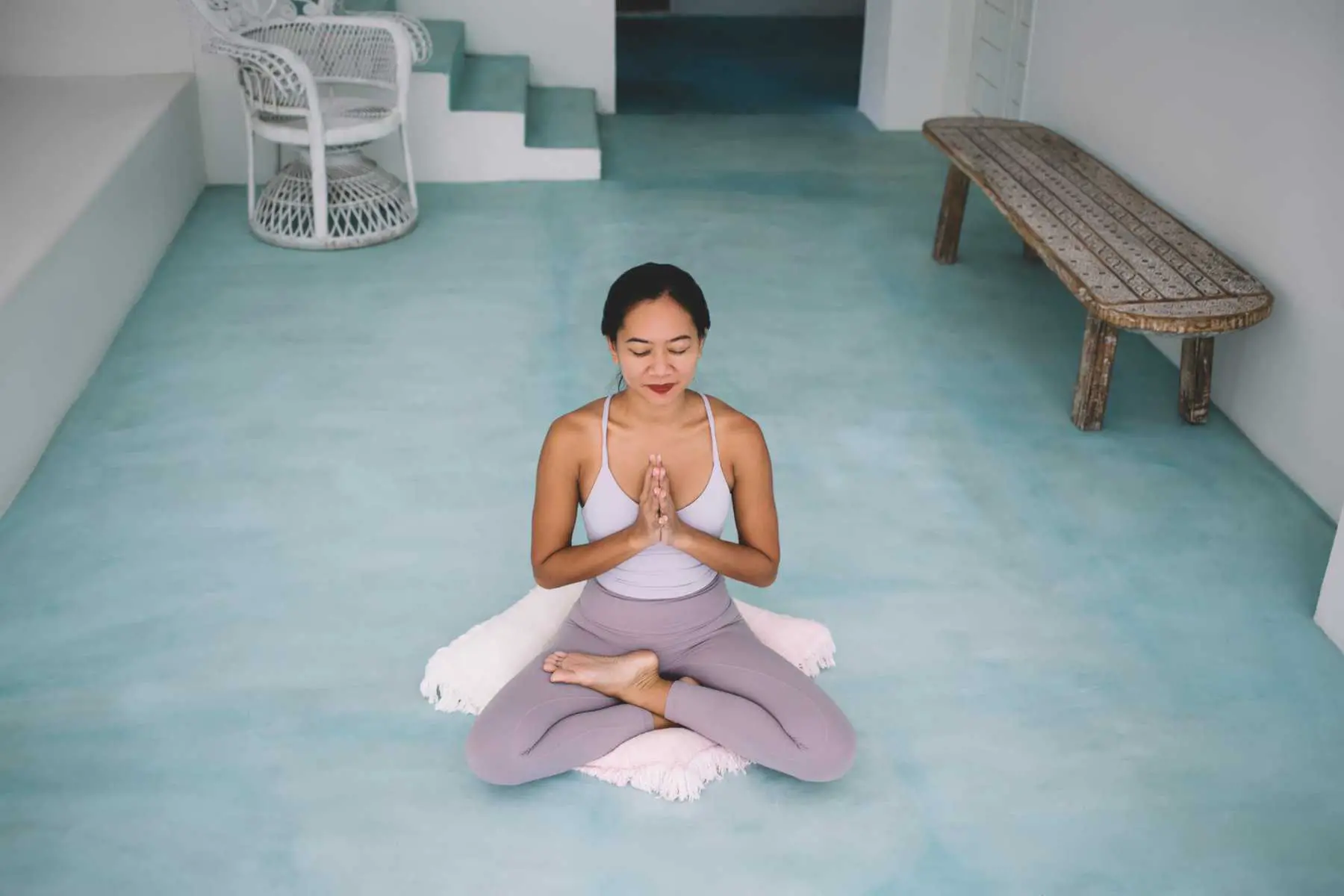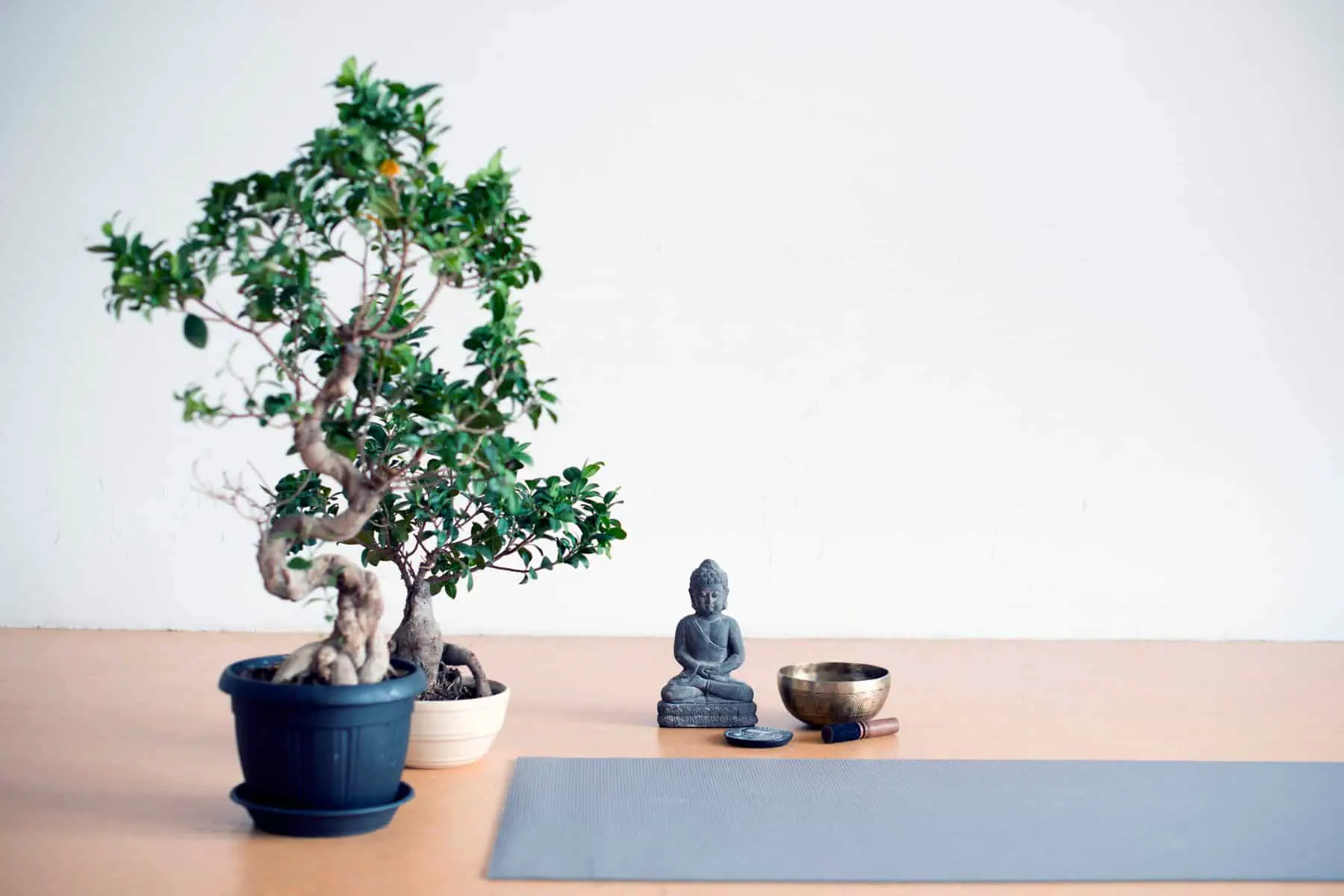Should you meditate in bed?
You can try it, but for most people trying to build a long-term meditation practice, it won’t be helpful. Sleepiness and a sore back are two reasons to avoid meditating in bed.
Meditating in bed sounds like an ideal blend of comfort and convenience. If meditation is about relaxation and letting go, then your bed must be the perfect place for it, right? Not necessarily. While I would argue that meditation anywhere is better than no meditation at all, there are a few good reasons not to meditate in bed, especially if you’re aiming to cultivate a deep and disciplined meditation practice. Because it isn’t all about chilling out. Here are 3 reasons why hopping off the mattress and hitting the floor with a blanket or meditation cushion can be more beneficial for your meditation journey.
1. You can get trapped by too much comfort and fall asleep
One of the primary reasons not to meditate in bed is the coziness that makes your bed an appealing meditation spot. While comfort plays a role in meditation – your mind can definitely not become still if your body is in pain or strain – excessive comfort can tip the scales toward drowsiness.
Meditation in bed, particularly when you’re already feeling tired, significantly raises the odds of falling asleep. I do a short mindfulness meditation each night as I fall asleep. It’s only about 2 minutes long but at least half of the time, I don’t make it til the end!
In bed a meditation session can easily shift from a conscious practice to an unintended nap. For proper Dhyana (meditation in yoga terms), you need to find a balance that allows relaxation and alertness to come together. If you can manage that in bed, go for it! Otherwise, if you are like me, opt for the floor or a chair.
2. Posture and alertness can fall by the wayside
Proper posture is a cornerstone of effective meditation, and this is where meditation in bed often gets messy.

A meditation posture includes a straight spine (for optimal breathing), a long back of the neck (for alertness and comfort), and a naturally curved lower spine (for stability and comfort during long periods of sitting).
Unfortunately, the soft and yielding nature of a mattress does little to support such a posture. This leads to slouching, stiffness, and a less effective meditation experience. A meditation in bed might be fine for, say, a quick 5- to 10-minute visualization meditation. If that works for you, great. But if you want to gradually extend those sessions for longer periods and move into proper meditation, you’ll need a more supportive setup.
3. Your mind prefers spaces for each activity
A less obvious but equally significant reason not to meditate in bed revolves around the concept of mental association with spaces. There are loads of studies to support that humans are more focused and productive when we have dedicated spaces to perform certain activities. Like a bedroom for sleeping, an office for working, a meditation corner for meditating.
Doing the designated activity in the matching area makes it easier to remember things, cuts down on distractions, and helps you do tasks better and faster.
Beds are deeply ingrained in our minds as places of rest and sleep. This strong association can be diluted if you start to meditate in bed, potentially complicating both your sleep hygiene and your meditation practice.
Establishing a dedicated meditation space outside of your bed strengthens the mental cue that this space is for mindfulness practice, thereby enhancing the quality of your practice. My space is super simple, with just a mat, cushion, and plant near a window – no frills – yet my mind seems to settle down right away when I sit there.
Meditating in bed is great for relaxation before sleep or as an introduction to meditation, but if you want to get serious about deepening your meditation practice and making it part of your yoga lifestyle, you’ll want to dedicate a meditation space to achieve more focused and effective sessions. What that looks like is up to you!


